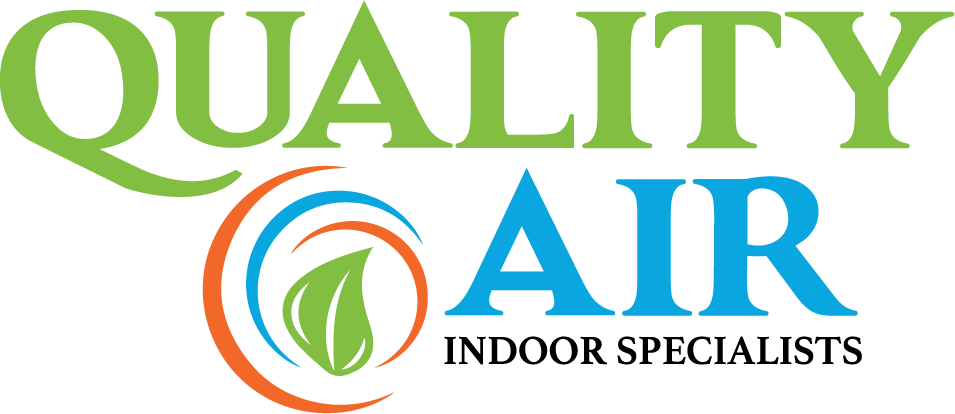

If you have an old air conditioner that still uses the ozone-depleting refrigerant Freon (aka R-22), you have probably heard about its phaseout and are wondering how it will personally impact you. Will you still be able to have your system serviced after January 1st, 2020? Will you be forced to change out your HVAC system before the end of the year? Or, maybe you haven’t heard anything and you’re asking yourself, what’s R-22? Or, you may even be thinking, I have no idea what kind of refrigerant my system uses.
At Quality Air of the Carolinas, we pride ourselves in educating our community to help our customers make the best decisions for their home and families.

Let’s start with a little history.
R-22 is a refrigerant commonly identified as Freon that has been used in residential and commercial heating, cooling and refrigeration systems since the 1950’s. A few decades into the use of this refrigerant, it was deemed to be harmful to our environment and so was added to the Montreal Protocol, an international treaty designed to protect the ozone layer by phasing out the production of numerous ozone-depleting substances. The phase-out of R-22 began in 2003 with restrictions on its production and importation and in 2010, the production of HVAC-R equipment using R-22 ceased.
So, what exactly happens after the new year?
Beginning, January 1st, 2020, Freon can no longer be manufactured; basically, new production ends. It will also no longer be imported. However, existing supplies can continue to be used to service these systems. Given that the average life expectancy of HVAC systems manufactured in 2010 is 15+ years, your system could potentially provide you with comfort for another 5 or more years, pending it’s been properly maintained. As with any mechanical device, however, over time they become less efficient, so you could potentially see spikes in your energy bill as the system ages.
Furthermore, the EPA increased restrictions this past January, enacting stricter limitations on the acceptable amount of refrigerant leakage. For residential cooling systems, a leak inspection must demonstrate that the leak rate has not exceeded 10% for one year. The average residential system has a capacity of 6-12 pounds of refrigerant, therefore, limiting the amount of acceptable leakage to less than one pound. In the case that a leak can be repaired, an initial verification test must be performed before refrigerant can be added and a follow-up verification test must be performed after the appliance has returned to normal operating conditions. Homeowners must also continue to schedule annual inspections to ensure the system does not have recurring leakage issues. A system that continually fails inspection requirements and surpasses the acceptable leakage rate will have to be replaced. If your system is running smoothly on its existing Freon, the final decision is up to you, the homeowner, whether to maintain your current system or upgrade to a more eco-friendly, efficient option. Whether you choose to replace your system(s) or decide to wait it out and continue to have it maintained, Quality Air of the Carolinas will be here to ensure you and your family are comfortable and safe





